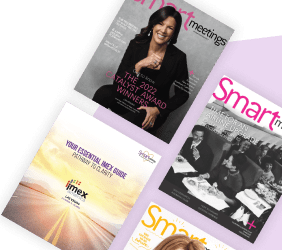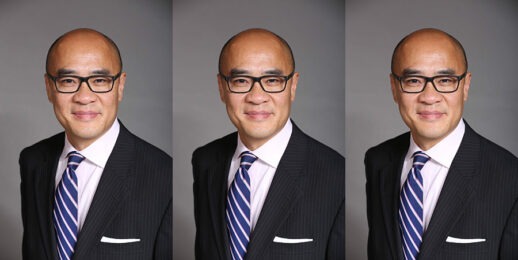Meetings and conferences are busy affairs, so at the end of the day it’s important for participants to get a good night’s sleep. However, this isn’t always easy due to personal concerns, jet lag, noises coming from inside and outside of hotels, light streaming in through windows and uncomfortable beds, among other things. Here are some ways that hotels and manufacturers are addressing the problem, according to Quinn, a lifestyle public relations agency.
Naps: They can help to reduce stress, fatigue and pain. Well & Being Spa at Fairmont Scottsdale Princess offers attendees 30- or 60-minute naps in its So Sound Acoustic Resonance Room. The zero-gravity lounger features choreographed tones and vibrations.
In-room sleep aids: Comfortable, compact SleepPhones are headband headphones used by Library Hotel Collection to lull guests into a relaxing and rejuvenating sleep. Developed by doctors, they can be borrowed from each hotel’s front desk, along with eye masks, special pillows and foam or featherbed mattress toppers.
Silent rooms: Although it is located next to one of the world’s busiest airports, Hilton Chicago O’Hare manages to offer guests a sound night’s sleep with uber-silent rooms with blackout curtains, soundproof windows and comfortable beds.
Restful room design: AKA properties provide light boxes, blacked-out drapes and light-sensitive alarm clocks. Also, TVs and bedroom mirrors can be removed upon request.
Pillow menus: The William Vale Hotel in Williamsburg, Brooklyn, New York, will offer educational sleeping programs and a menu where guests can choose their pillows when it opens this spring.
Heavenly beds and sleep menu: The Westin La Paloma in Tucson, Arizona, not only offers the brand’s comfortable Heavenly Bed, but also a Sleep Well Menu that includes foods packed with amino acids, vitamins and minerals.




